Since 1965, VILLA EUROPA was built following an idea of sharing spaces and activity, offering a true experience to our guests of co-housing in holidays. Our guests have their own apartment, but if they wish, they can share spaces, time and common services with other guests. The residence is surrounded from 3600 sqm of garden, solarium, outdoor shower, ping pong, play area for children, barbecue, firewood oven, outdoor tables, common room with TV and full equipped kitchen, a laundry and ironing room. Following this principle of sharing and collaboration and according to their attitudes, guests can organize by themselves different activities: pizza, barbecue, games for children, playing music, playing cards, kitchen or artistic courses, yoga on the solarium… The staff of Villa Europa will be pleased (if the job affords it) to help you in the organization.
Villa Europa is very appreciated also by schools, associations and in general by sports or hobby groups. A group of 30-40 people that books the whole residence can use the common spaces in total autonomy, equipping them according to the needs of the team: training area with projection on the TV (or on your own projector or PC), breakfast/lunch/dinner area, fitness/relax area in open air, game area and in general activities of the group.
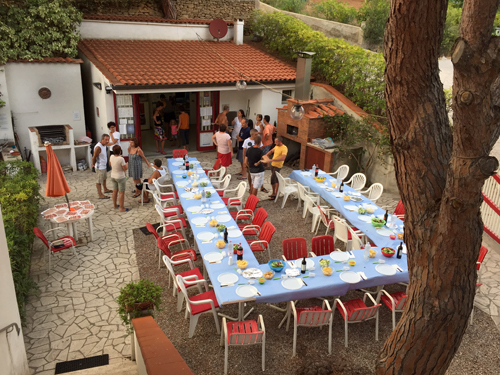
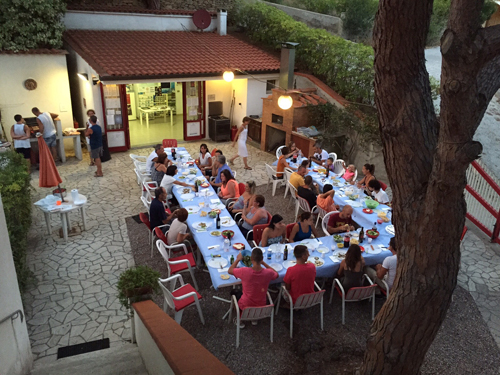
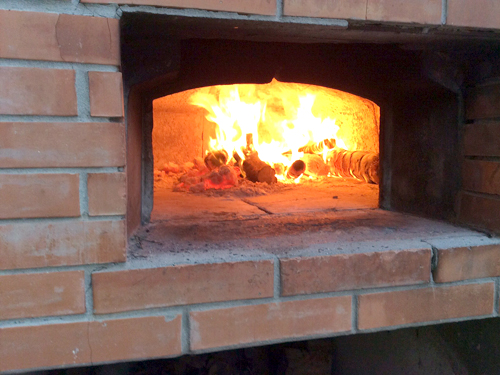
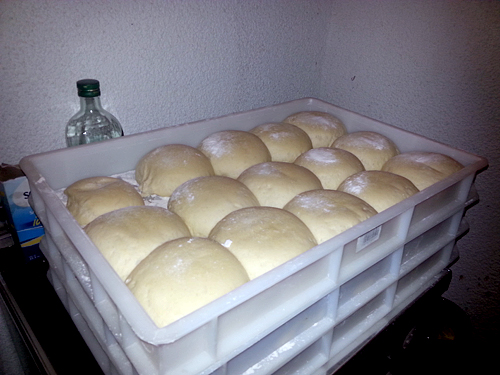
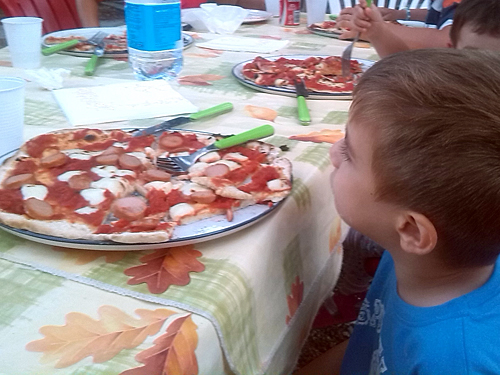

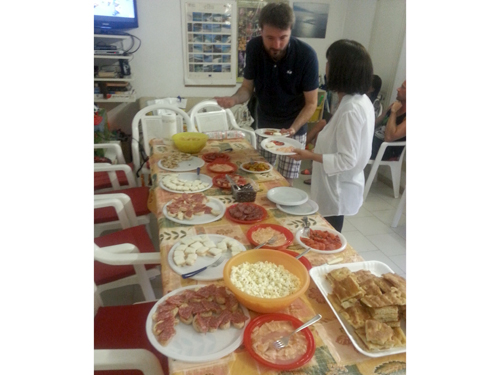
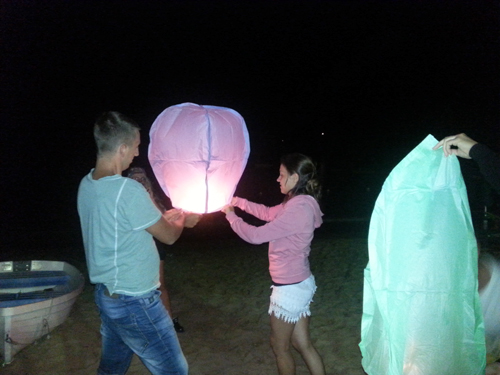
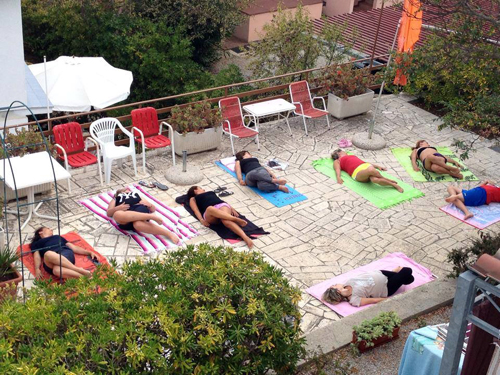
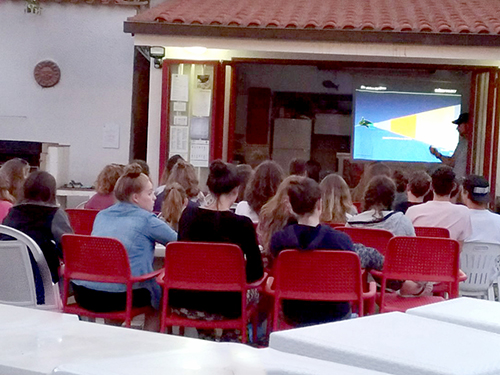
Co-housing
From Wikipedia – The Free Encyclopedia
A cohousing community is a type of intentional community composed of private homes supplemented by shared facilities. The community is planned, owned and managed by the residents – who also share activities which may include cooking, dining, child care, gardening, and governance of the community. Common facilities may include a kitchen, dining room, laundry, child care facilities, offices, internet access, guest rooms, and recreational features.
Cohousing facilitates interaction among neighbors for social and practical benefits, economic and environmental benefits.
In describing New York City's first co-housing project, a New York Times article said co-housing "speaks to people who want to own an apartment but not feel shut off by it, lost in an impersonal city."
The modern theory of cohousing originated in Denmark in the 1960s among groups of families who were dissatisfied with existing housing and communities that they felt did not meet their needs. Bodil Graae wrote a newspaper article titled "Children Should Have One Hundred Parents," spurring a group of 50 families to organize around a community project in 1967. This group developed the cohousing project Sættedammen, which is the oldest known modern cohousing community in the world. Another key organizer was Jan Gudmand Høyer who drew inspiration from his architectural studies at Harvard and interaction with experimental U.S. communities of the era. He published the article "The Missing Link between Utopia and the Dated Single Family House" in 1968, converging a second group.
The Danish term bofællesskab (living community) was introduced to North America as cohousing by two American architects, Kathryn McCamant and Charles Durrett, who visited several cohousing communities and wrote a book about it. The book resonated with some existing and forming communities, such as Sharingwood in Washington state and N Street in California, who embraced the cohousing concept as a crystallization of what they were already about. Though most cohousing groups seek to develop multi-generational communities, some focus on creating senior communities. Charles Durrett later wrote a handbook on creating senior cohousing The first community in the United States to be designed, constructed and occupied specifically for cohousing is Muir Commons in Davis, California.Architects, Kathryn McCamant and Charles Durrett were responsible for the programming and the design of the site plan, common house and private houses.